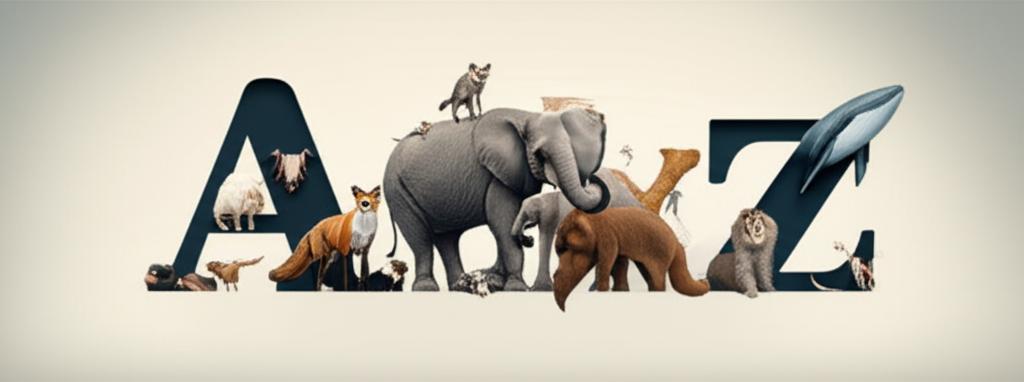Here you’ll find 17 Mammals that start with U, organized from “Bald Uakari” to “Utah Prairie Dog”. This list highlights mostly rodents, bats, and a few primates, useful for students, educators, and wildlife writers.
Mammals that start with U are species in Class Mammalia whose common English name begins with the letter U. They include striking examples like the Bald Uakari, noted for its bright red face and river-forest habitat.
Below you’ll find the table with Common name, Scientific name, Order, and Habitat.
Common name: This shows the widely used English name so you can quickly recognize species and match them to field guides.
Scientific name: You get the accepted Latin binomial which helps you verify identity and find scientific literature or databases.
Order: This lists the taxonomic order so you see broader relationships and ecological similarities among listed species.
Habitat: You find a concise habitat label (forest, grassland, desert, marine, urban, etc.) to guide ecological or conservation notes.
Taxonomy note: Accepted names may change over time; the table flags extinct or uncertain entries where relevant.
Last updated: 30 October 2025.
Mammals that start with U
| Common name | Scientific name | Order | Habitat |
|---|---|---|---|
| Bald Uakari | Cacajao calvus | Primates | Forest |
| Black-headed Uakari | Cacajao melanocephalus | Primates | Forest |
| Uele Colobus | Piliocolobus uellensis | Primates | Forest |
| Ugandan Red Colobus | Piliocolobus tephrosceles | Primates | Forest |
| Uinta Chipmunk | Neotamias umbrinus | Rodentia | Montane |
| Uinta Ground Squirrel | Urocitellus armatus | Rodentia | Grassland |
| Uintatherium | Uintatherium anceps | Dinocerata | Forest |
| Ulugh Beg’s Shrew | Sorex buchariensis | Eulipotyphla | Montane |
| Underwood’s Long-tongued Bat | Hylonycteris underwoodi | Chiroptera | Forest |
| Underwood’s Pocket Gopher | Pappogeomys underwoodi | Rodentia | Montane |
| Upolu Flying Fox | Pteropus samoensis | Chiroptera | Forest |
| Urial | Ovis vignei | Artiodactyla | Montane |
| Ursine Tree-kangaroo | Dendrolagus ursinus | Diprotodontia | Montane |
| Ussuri Shrew | Sorex isodon | Eulipotyphla | Forest |
| Ussuri Tube-nosed Bat | Murina ussuriensis | Chiroptera | Forest |
| Ussuri White-toothed Shrew | Crocidura lasiura | Eulipotyphla | Grassland |
| Utah Prairie Dog | Cynomys parvidens | Rodentia | Grassland |
Descriptions
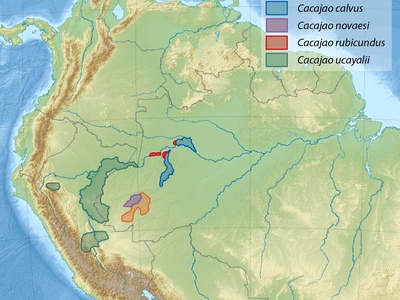
Bald Uakari
A New World monkey from the Amazon, famous for its bright red, bald face. This striking color indicates good health. They live in large groups and are threatened by hunting and habitat loss.
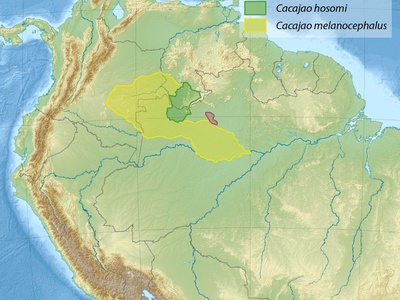
Black-headed Uakari
Found in the Amazon basin, this monkey has a distinctive black head and a long, bushy, non-prehensile tail. It primarily feeds on hard-shelled seeds and fruits in seasonally flooded forests.
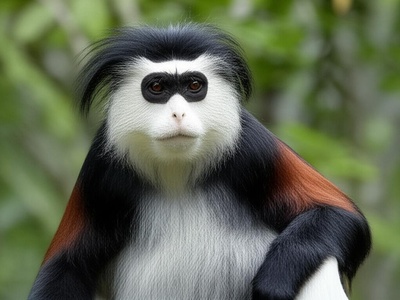
Uele Colobus
A species of red colobus monkey found in the Democratic Republic of Congo. It has a black back, reddish-brown flanks, and a white belly. Like other colobus monkeys, it feeds mainly on leaves.
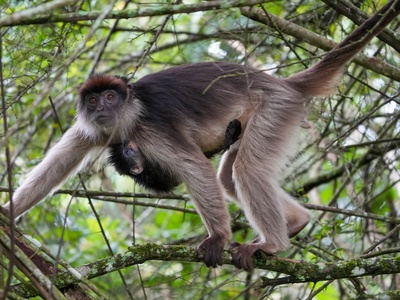
Ugandan Red Colobus
A primate found in isolated forests in Uganda and Tanzania. It has a distinctive rust-red cap and grey-to-black body. This species is critically endangered due to habitat loss and hunting pressure.

Uinta Chipmunk
Inhabits subalpine coniferous forests in the western United States. This small, striped rodent is an expert forager, gathering seeds and nuts to store in its burrow for winter. It is often seen scurrying over rocks.
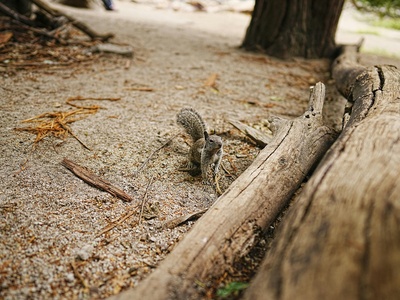
Uinta Ground Squirrel
Native to the western United States, this squirrel lives in meadows and fields at high elevations. It is a social animal that hibernates for up to eight months of the year to survive harsh winters.
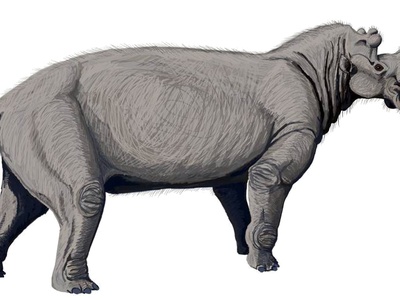
Uintatherium
An extinct, rhinoceros-sized mammal from the Eocene epoch. It was a herbivore notable for its bizarre, knobbed skull with six bony protuberances and large, tusk-like canines. Fossils are found in North America.
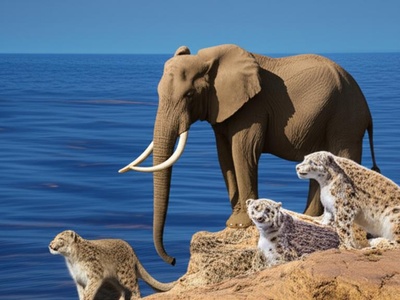
Ulugh Beg’s Shrew
A rare and poorly known shrew found only in the Pamir Mountains of Central Asia. It lives at high altitudes and likely feeds on insects and worms. Its remote, rugged habitat makes it difficult to study.

Underwood’s Long-tongued Bat
A small nectar-feeding bat from Central America. It has an exceptionally long tongue, which it uses to drink nectar from deep within flowers, making it an important pollinator in its tropical ecosystem.
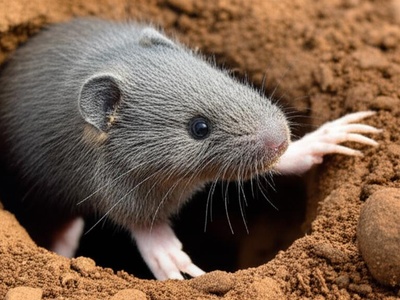
Underwood’s Pocket Gopher
A burrowing rodent found only in a small region of Costa Rica. It spends most of its life underground in extensive tunnel systems, using its large claws and teeth to dig. It is rarely seen above ground.

Upolu Flying Fox
A large fruit bat found on the Samoan Islands. Also known as the Samoan flying fox, it is a crucial pollinator and seed disperser with a wingspan of about 1 meter (3 feet).

Urial
A species of wild sheep found in Central and South Asia. Known for the large, curving horns on the males, it inhabits grassy slopes in mountainous regions. Populations are declining due to overhunting.

Ursine Tree-kangaroo
A bear-like tree-kangaroo native to the island of New Guinea. It has dark fur and powerful limbs for climbing. This rare marsupial lives in high-altitude cloud forests and is threatened by habitat destruction.

Ussuri Shrew
A small mammal with a high metabolism, found across northern Eurasia. It has dark fur and a long snout, which it uses to hunt for insects and other invertebrates in the forest floor litter.

Ussuri Tube-nosed Bat
A small bat with unique, tube-like nostrils, native to East Asia. It often roosts in foliage and has woolly, brownish fur. This species is known to hibernate in snow, a rare behavior among bats.

Ussuri White-toothed Shrew
A relatively large shrew species from Northeast Asia. Unlike many other shrews, its teeth are entirely white. It inhabits a variety of environments, including grasslands and farmlands, feeding on insects.
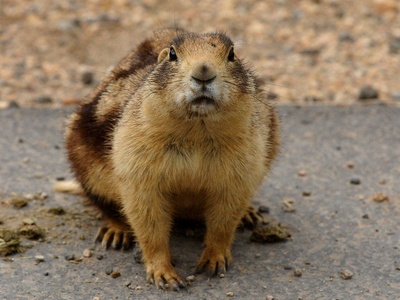
Utah Prairie Dog
The smallest species of prairie dog, found only in Utah. They live in large social colonies called “towns” and are considered a keystone species. Their populations have faced significant declines, leading to conservation efforts.
